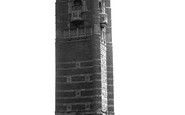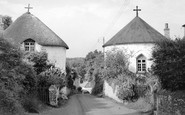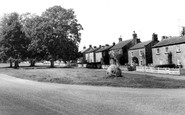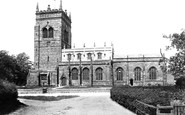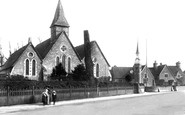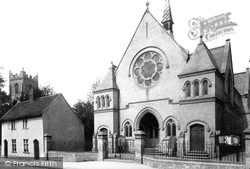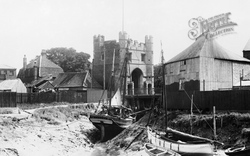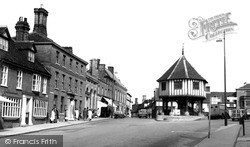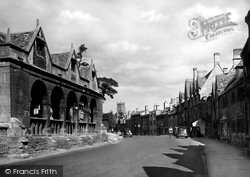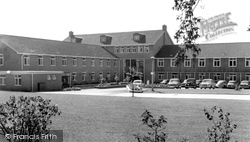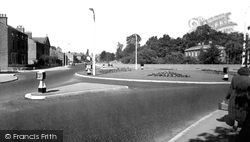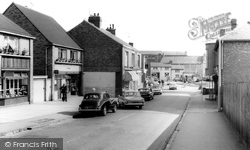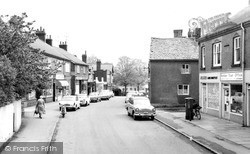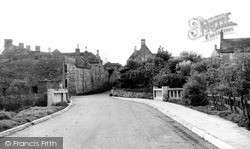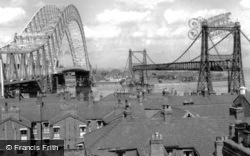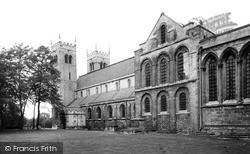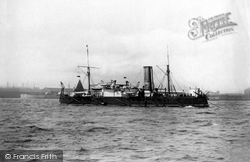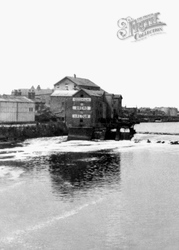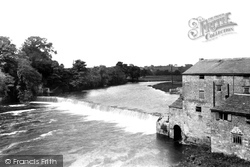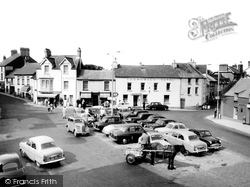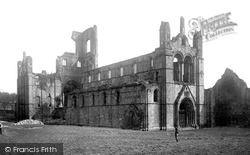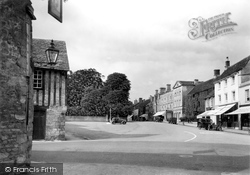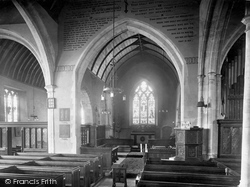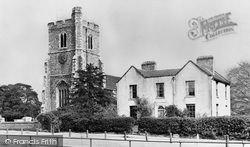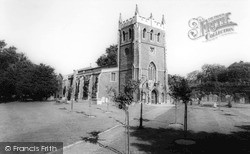Places
Sorry, no places were found that related to your search.
Photos
5 photos found. Showing results 981 to 5.
Maps
83 maps found.
Books
Sorry, no books were found that related to your search.
Memories
1,127 memories found. Showing results 491 to 500.
Bristol's Cabot's Tower
Bristol's Cabot's Tower, and the penny pinching Council. Bristol's most prominent land mark, the Cabot Tower, was 100 years old in 1998. But the official opening was marked by a disastrous fire, a confidence trick and ...Read more
A memory of Bristol in 1890 by
My Fathers Birthplace.
My father Cornelius Henry Johns (Naily to everyone who knew him) was born in the little Round House on the left of the photo. He was the youngest of a large family, and there were 11 people living there in 1899. They then moved ...Read more
A memory of Veryan in 1890 by
Harrington Board School
This is a memory from my own childhood when my grandmother used to tell me about her life as a child mill worker. Born in 1885, she died when I was 8 years old, and I so much wish I had more details of who the real Fanny ...Read more
A memory of Oldham in 1890 by
Ancestry
East Witton's interest to me began as it was the birthplace of my grandfather and his parents resided in Wast Witton Without (i found this through the 1901 census), though I cannot get any further back in time. I worked in nearby ...Read more
A memory of East Witton in 1890 by
My Ancesters!
My memories are not of my own associations with Latimer, but I still feel a great affection for the place. When my grandparents got married in 1897 they went for a brief honeymoon in Latimer. My grandfather's aunt, Elizabeth Amanda ...Read more
A memory of Latimer in 1890 by
Grandmother
I have little information, other than my paternal Grandmother was the eldest of 16 children born in Bradwell approximately at this time, or much earlier, possibly 1875 onwards. Her maiden name was Elizabeth Cook. A cousin of ...Read more
A memory of Bradwell in 1890 by
Family Roots
I have no memories of Barnet myself but I have recently learned since my dad passed away that my grandad came from Barnet and was born there by all accounts. His name was William George Wanstall, born on the 22nd January 1907, his ...Read more
A memory of Barnet in 1900 by
Creasey's Coachworks At South Norwood
My Grandad, George Creasey Allen, and my Nana Allen married and settled in South Norwood in 1899. They lived at Addison Road before renting a house at 32 Apsley Road. Grandad got a job at Creasey's ...Read more
A memory of South Norwood in 1900 by
A Proposal In The Churchyard...
My paternal grandfather, Ernest Charles Chamberlain, proposed to my grandmother Annie Brooks, in the churchyard here. He brought her in his pony and trap, in about 1907. He had an agricultural business, ...Read more
A memory of Acton in 1900 by
Then And Now
I lived in George Road during the '80s and during my time there, collected old postcards of the area. Much later, I enjoyed locating the exact camera positions and taking videos of how the scenes appear now. This was one of the ...Read more
A memory of Farncombe in 1900 by
Captions
1,233 captions found. Showing results 1,177 to 1,200.
The left door of the house to the left has become a window, the two windows have been shortened, and the Gothic arch of the other door has been removed.
Silting of the Ouse's ponderous waters robbed the town of much of its former prestige as a seaport, but its many graceful buildings and old Custom House have brought to it the appella- tion
The fine half-timbered octagonal market cross, resting on timber stilts and stone arches, was built in 1605 after a fire destroyed a good proportion of the town.
The arched building in the left foreground is the Market Hall, which was built in 1627 at the expense of Sir Baptist Hicks.
Much of this remarkable building has been demolished over the past decade to accommodate a not particularly complimentary flat conversion.
It looks much the same today, with attractive flower- beds, although it has been reduced in size to aid the flow of the traffic.
Much red brick building of the 19th century intruded into the village scene as industry spread from Leicester, including the impressive backdrop of factory buildings we see here.
The shop fronts in the left-hand row have retained much of their original quality, but Flair, the ladies' hairstylist (right), has made the alterations which were regrettably to become
This later 17th-century house is unattributed, but it does have much in common with Lyndon Hall, designed by John Sturges in 1668.
The road bridge had taken four years to build, and was very much needed by the time it opened. Sunday and holiday traffic heading to and from North Wales could take up to two hours to cross.
The half-timbered octagonal market cross, resting on timber stilts and stone arches, was built in 1605 after a fire destroyed a good proportion of the town.
The transepts with their two storeys of arches date from the 1920s and 1930s, while a modern central tower with a slender spire and a choir was erected from 1966 to 1974 by Laurence King.
In 1890 she could manage 12.2 knots, though she was much happier doing ten; but by 1895 her speed seems to have been reduced to an asthmatic 8.4 knots.
The company still occupies the mill, but the water wheel that provided so much power turned for the final time in 1973.
This new three-arch bridge was completed in 1804 at a cost of £24,864; on the central parapet are the names of the then 74-year-old architect John Carr and the builder, Bernard Hartley of Pontefract
Lord Haw Haw heard this, and broadcast that HMS 'Cabot' had been sunk - much to the amusement of the locals.
This is not so much of a square as a roundabout these days. There is no car parking today, but a busy road junction with a cannon in the centre.
This street scene has not changed very much except for the names of the occupants.
North presented the Abbey to the city, and after much restoration it was opened to the public.
The Council look after it well, and there is much to see in this fine old building.
Although very much a stone-built place, it lacks the Cotswold atmosphere of the settlements on the high wold.
The Jacobean oak pulpit of c1630 was found in the tower arch covered in white paint, and was placed in its present position during the restoration of the church in 1851.
Broxbourne's parish church of St Augustine is much larger than St Paul's.
At the Dissolution, the nave was demolished and the western arch of the tower was filled in. The people of the town bought the remains of the original building, and it then became the parish church.
Places (0)
Photos (5)
Memories (1127)
Books (0)
Maps (83)

